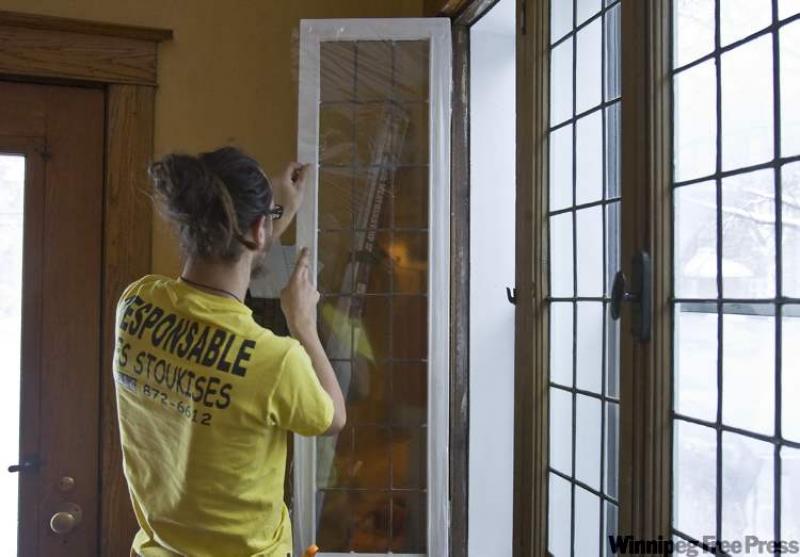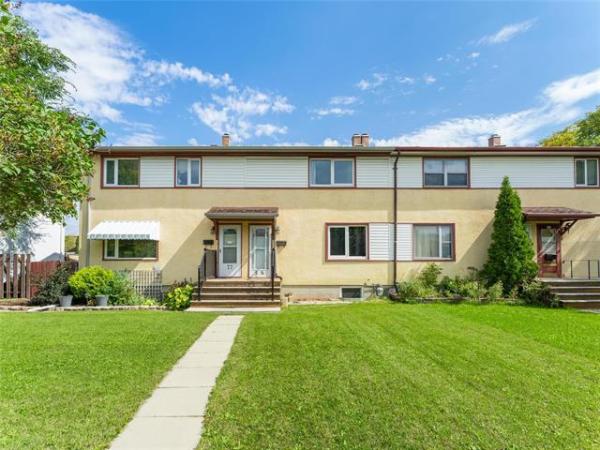Winter is a great time to look at what can be done inside our homes to make our indoor environments healthier for us and the planet.
There are both simple and more complicated steps that can be taken to improve energy efficiency and lower heating and electricity costs. Here's a look at some ways to green up your home.
Heating: About 60 per cent of household energy spending is on heat, so it's definitely worth looking at ways to make your heating system less wasteful.
You can make some improvements without spending a cent. Open your curtains during the day to let the heat of the sun help warm your house, and close them at night to help keep in the warm air.
If you have a hot-water heating system, bleed your radiators by letting out any air that may have built up. If you have warm-air heating, clean the air filters and air intakes, and vacuum the inside of the unit.
Invest in a programmable thermostat. You can set the temperature in your home to be lower when you're not there and when you are sleeping. Dropping the temperature by even a few degrees can result in significant savings on energy bills, from five to 15 per cent, according to the Canadian Centre for Housing Technology.
Put on an extra sweater or a thicker pair of socks as you adjust to the cooler temperature in your home. If your heating system is more than 15 to 20 years' old, it's probably at the end of its useful life and can be replaced by furnaces that are much more energy-efficient.
Doors and windows: About 25 per cent of heat loss in a home is through windows, so it makes sense to ensure that windows, and doors too, are sealed properly.
You can use weatherstripping tape on the tops and bottoms of windows and around door frames, says Adria Vasil, author of the green-home guide Ecoholic Home. She also recommends applying silicone caulking to all the joints in a window frame and the joint between the frame and the wall.
Another solution, if you don't want to replace old windows, is to apply a plastic film over the window. Available at hardware stores, you stretch it over your window, and use a hair dryer to seal the edges, making the windows more airtight.
Lighting: Canadian homes can have as many as 30 light fixtures and lighting can account for between five and 10 per cent of energy costs.
A simple energy saver is to turn off the light when you leave the room.
Choose light bulbs and fixtures that have Energy Star ratings which attest that they are more energy-efficient. Choosing compact fluorescent light bulbs can reduce your energy costs by 40 per cent. They last longer and use less energy.
-- Postmedia News




